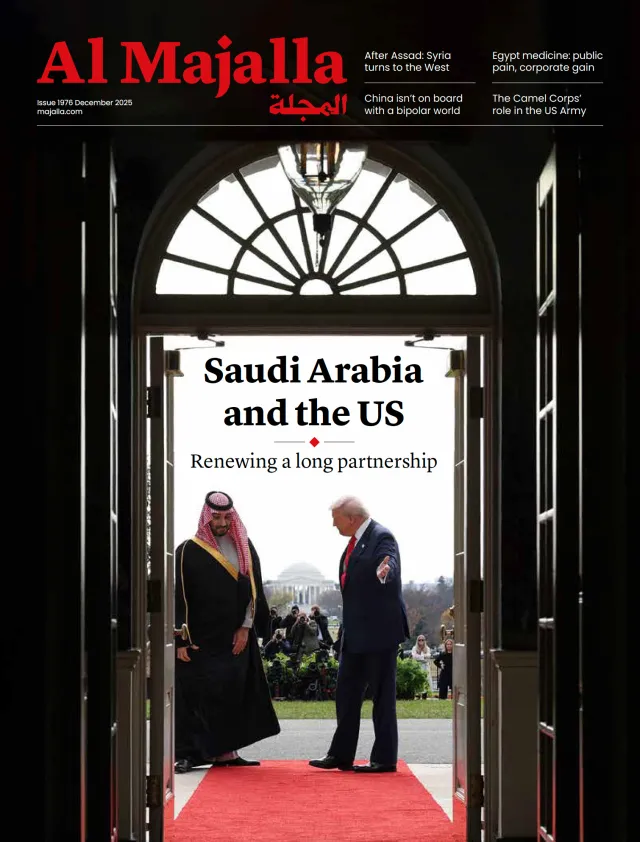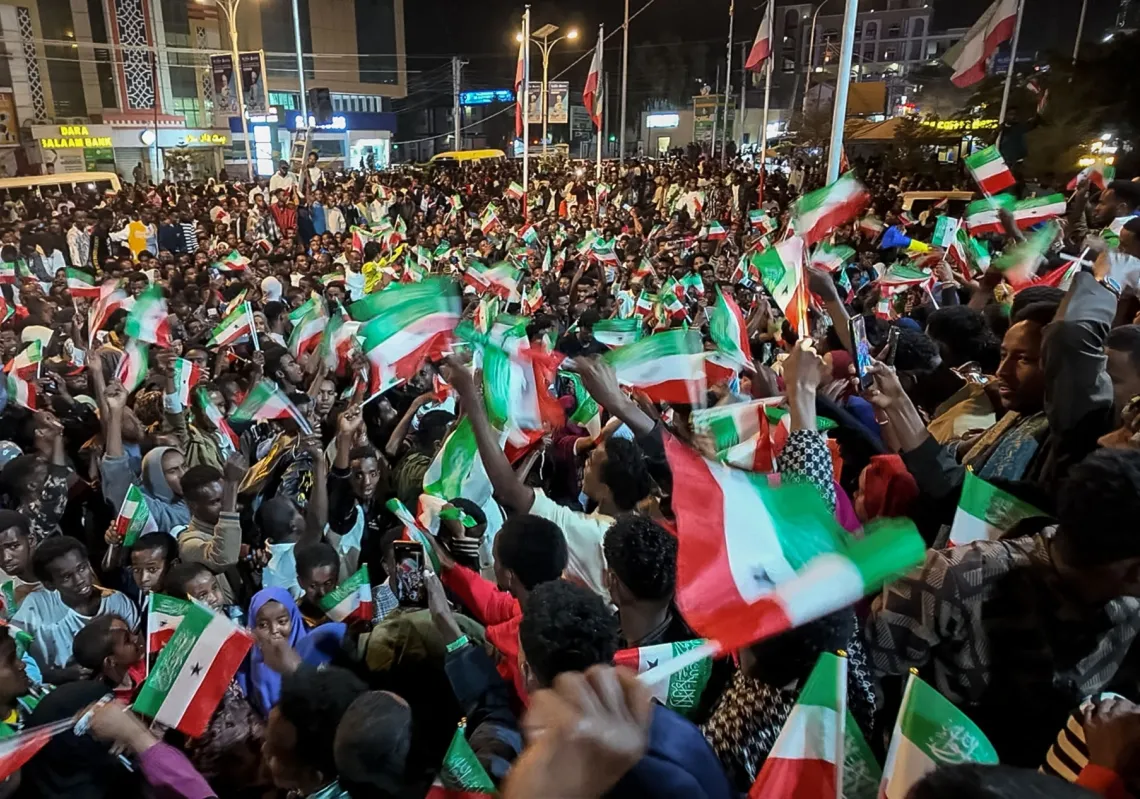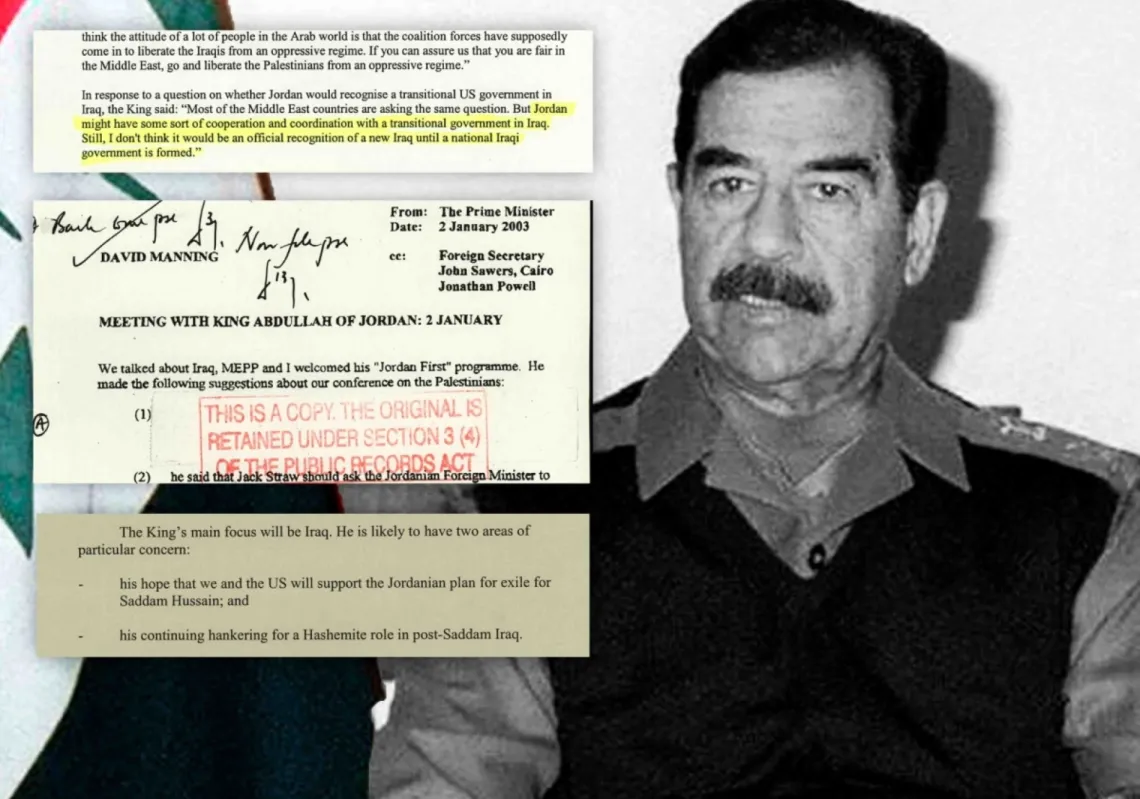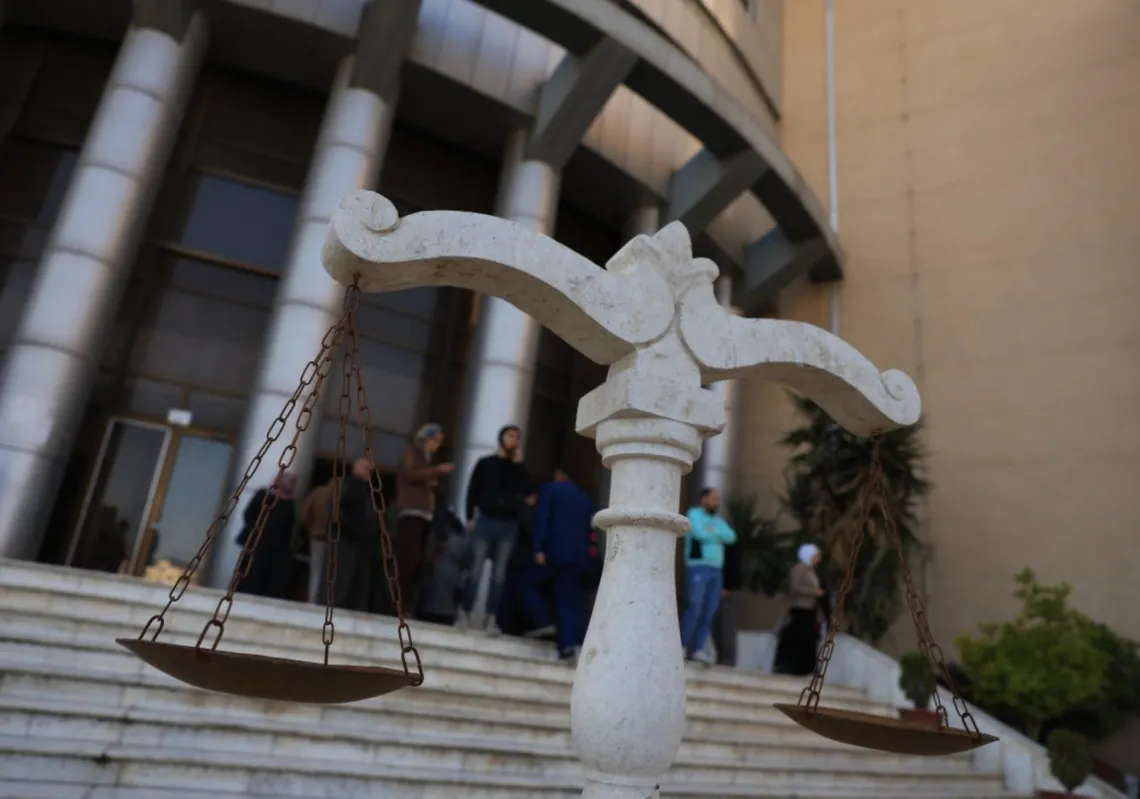On paper, Israel started 2025 in the best position when it comes to dealing with Iran’s nuclear programme. Israeli strikes against Iran in 2024 had reportedly left Iran virtually defenceless, destroying all of its most sophisticated air defences. Hezbollah, one of Iran’s most powerful proxies whose missile arsenal was partly meant to serve as a response to an Israeli strike against Iran, was lying in shambles. And the cherry on top: President Trump, who exited the 2015 nuclear agreement and promised to re-implement maximum pressure, was about to enter the White House.
Four months into 2025, the picture has changed, and Israeli overconfidence has given ground to doubt. The Trump administration appears in no rush to strike Iran alongside Israel, or to give Israel the leeway (and weapons) it needs to do so unilaterally. And although Trump said the US would “lead the pack” in attacking Iran if a deal was not struck, the Israeli government is sceptical. At the same time, the deal currently being negotiated is one that could easily let Iran remain a “nuclear-threshold state”—namely a state that can quickly cross the nuclear threshold and build a bomb.
Meanwhile, internal debates are raging inside the Trump administration, possibly already affecting the fourth round of talks, which has been delayed. Washington appears confused about what it wants out of a deal, whether it wants a deal at any cost, or one that would more thoroughly eliminate the Iranian nuclear threat.
PM Benjamin Netanyahu’s position was relatively simple. With Iran more vulnerable than ever to a strike, Israel and the US would pressure Iran to agree to a deal that Israel can live with or (more likely) jointly strike Iran and remove the threat altogether—at least for a while.
Israel could have pursued an even more aggressive strategy, moving to immediately lobby Trump to strike Iran in the very first weeks of his term, without giving diplomacy a chance. However, during the weeks preceding his inauguration, it became apparent that, as some Trump watchers had suspected, the president wanted to leave the door open for diplomacy.
Iran itself understood the importance of sending a clear message to the new administration that it was willing to entertain talks. Most notably, just days after Trump’s electoral victory in 2024, reports emerged that Iran’s UN Ambassador Amir Saied Iravani had met with Elon Musk. Iran may have sensed that the DOGE czar was both a good conduit for messages to the (then) incoming administration, as opposed to a number of Iran hawks who were still believed to be on their way to a number of national-security and foreign policy positions.
The message also made sense, as Iranian President Masoud Pezeshkian, who was elected in mid-2024, had stated during his campaign that he was willing to negotiate with Trump, should the US leader win the November elections.
It quickly became evident that Trump wanted to try the diplomatic route first. Israel was okay with this because, in its view, the new administration could pressure Iran into a deal far more comprehensive than the ill-named “Joint Comprehensive Plan of Action” (JCPOA—the formal name of the 2015 agreement) which would eliminate Iran’s nuclear programme, and address other areas of concerns including Iran’s ballistic missile programme and support for a number of proxies.
Netanyahu, fresh off meeting with Trump, says the upcoming Iran "negotiations" will be based on the Libyan model, which would require Iran to "blow up" its own nuclear facilities under US supervision. Of course, the "Libyan model" resulted in Gadaffi getting regime-changed anyway pic.twitter.com/R57QTfodvw
— Michael Tracey (@mtracey) April 8, 2025
In recent weeks, Israel’s PM Netanyahu invoked a “Libyan model” for the nuclear deal, referring to the 2003 agreement that entirely removed Libya’s nascent nuclear programme under former leader Muammar Gaddafi. It's important to note, however, that this deal (and the fate of Gaddafi himself later on) was likely one of the reasons why Iran never considered a similar agreement.
Were the chances of a deal based on those parameters narrow? They absolutely were. But by the time diplomacy would fail, Israel and the US would have been ready to strike and destroy the Iranian nuclear programme. If, by some “art-of-the-deal miracle,” Trump were to pull off a win and convince Iran to agree to these terms, this would also represent an unprecedented victory.
Either way, Iran’s regional influence and ability to benefit from civil wars and chaos across the region (while generating its own) would dissipate. Faced with diminishing regional influence and unable to compensate for this loss by waiving the threat of turning nuclear, Iran would be isolated and defanged.
In many ways, this strategy bears a resemblance to that supported by US Diplomat George Kennan against the USSR during the Cold War: Iran would be contained, checked at every turn, unable to project power abroad, and ultimately forced to face its numerous internal problems. Those range from internal struggle within an ailing leadership, to an increasingly vocal opposition from most segments of the Iranian society to a regime that has come to rely on repression more than legitimacy.
From unease to real worry
The first rule of battle is that no plan survives contact with the enemy, and the Iran talks have been no exception. The first surprise came when Trump announced his intention to resume talks with Iran during a meeting with Netanyahu at the White House. Netanyahu was taken aback, in what is now a typical Trumpian move to turn run-of-the-mill foreign meetings into binge-worthy TV sets. Since then, three rounds of talks have taken place in April, turning a tingling sense of unease in Israel into very real concerns.
















